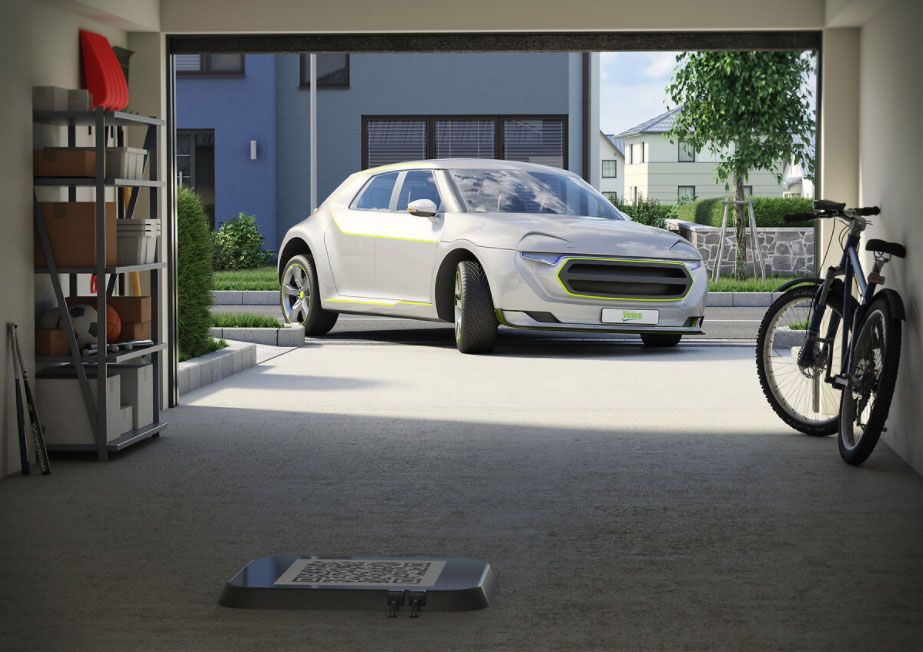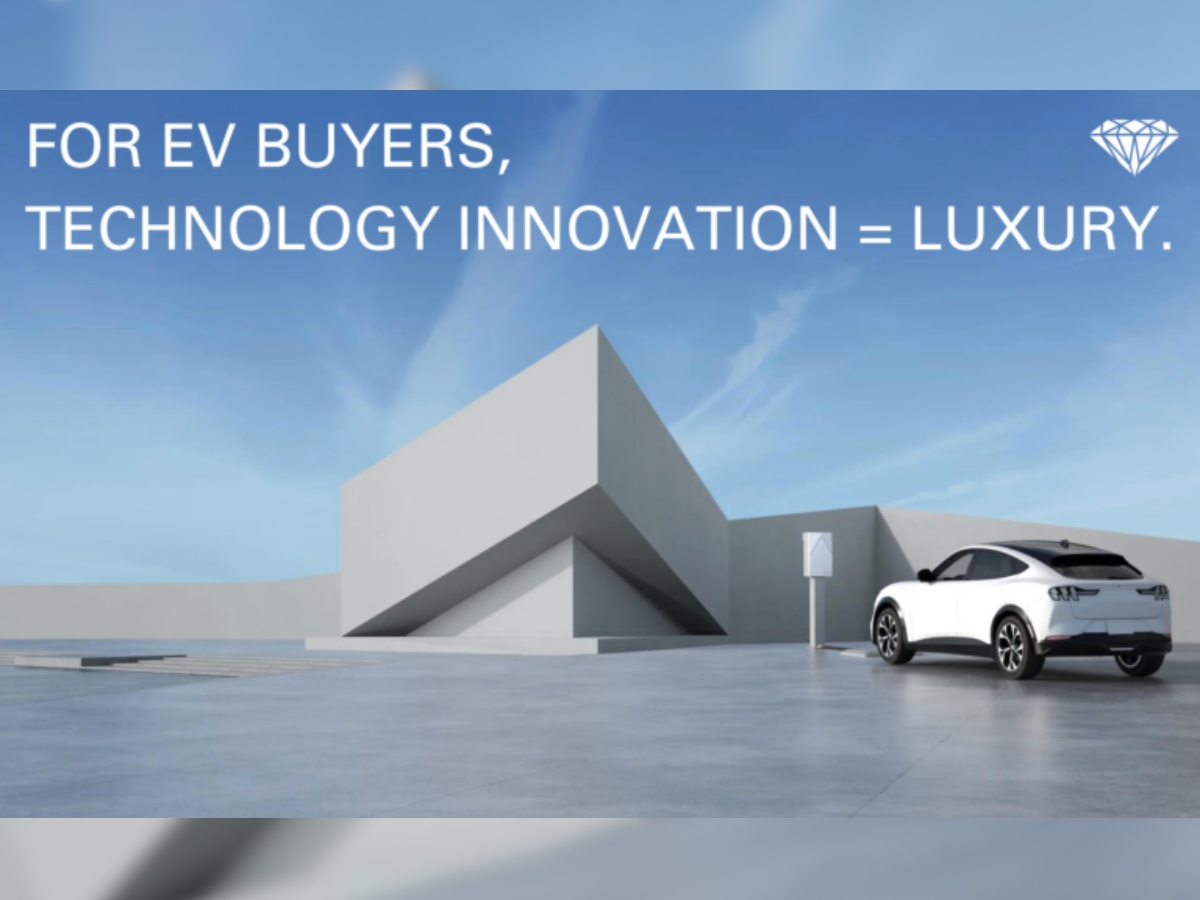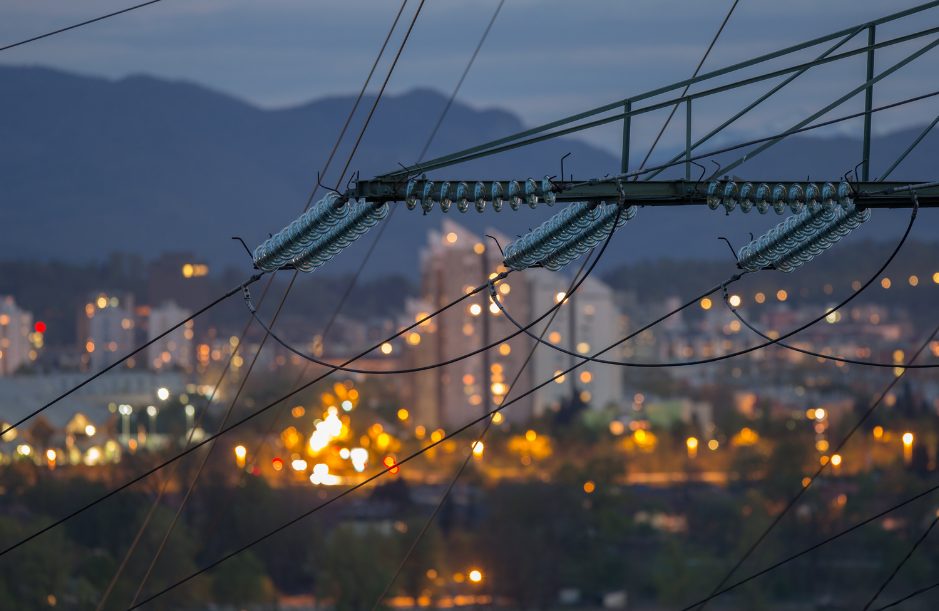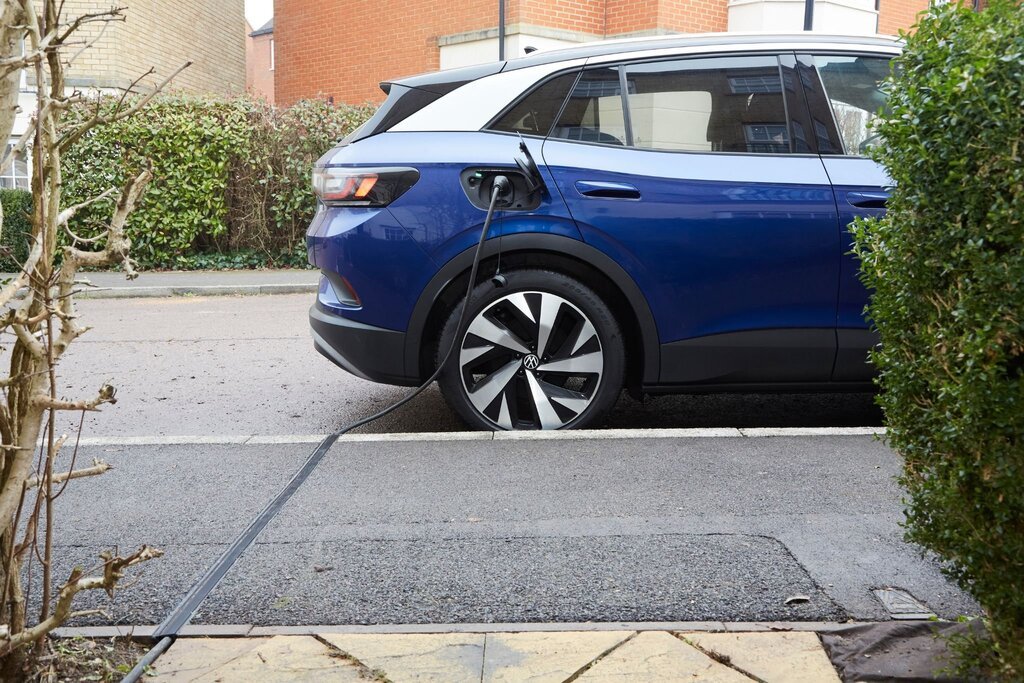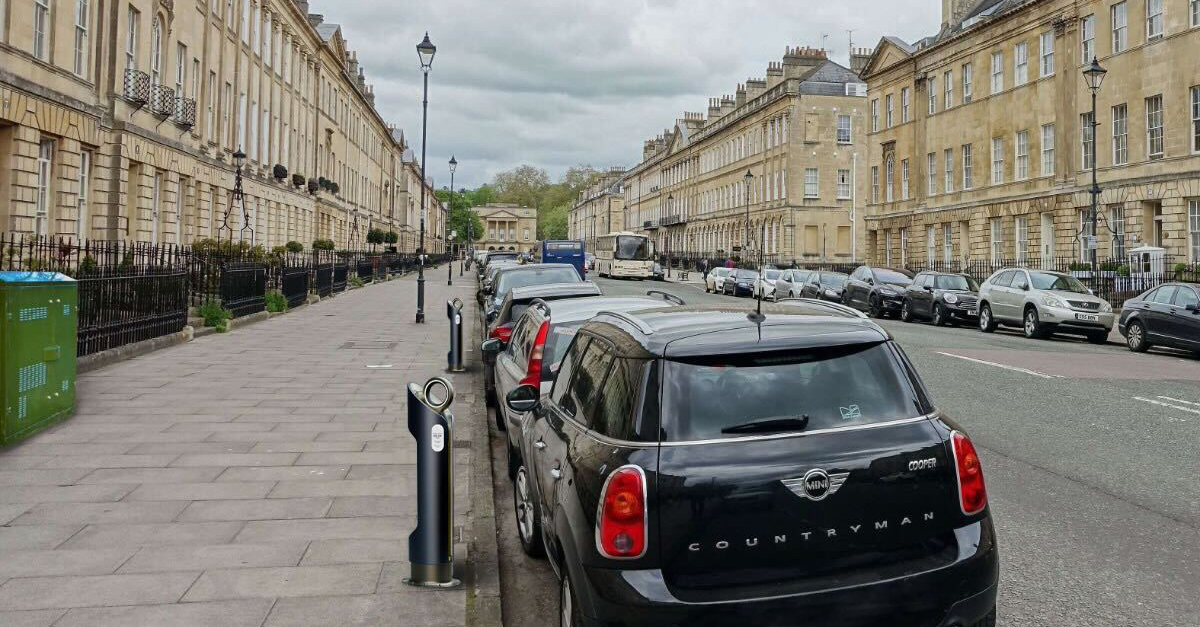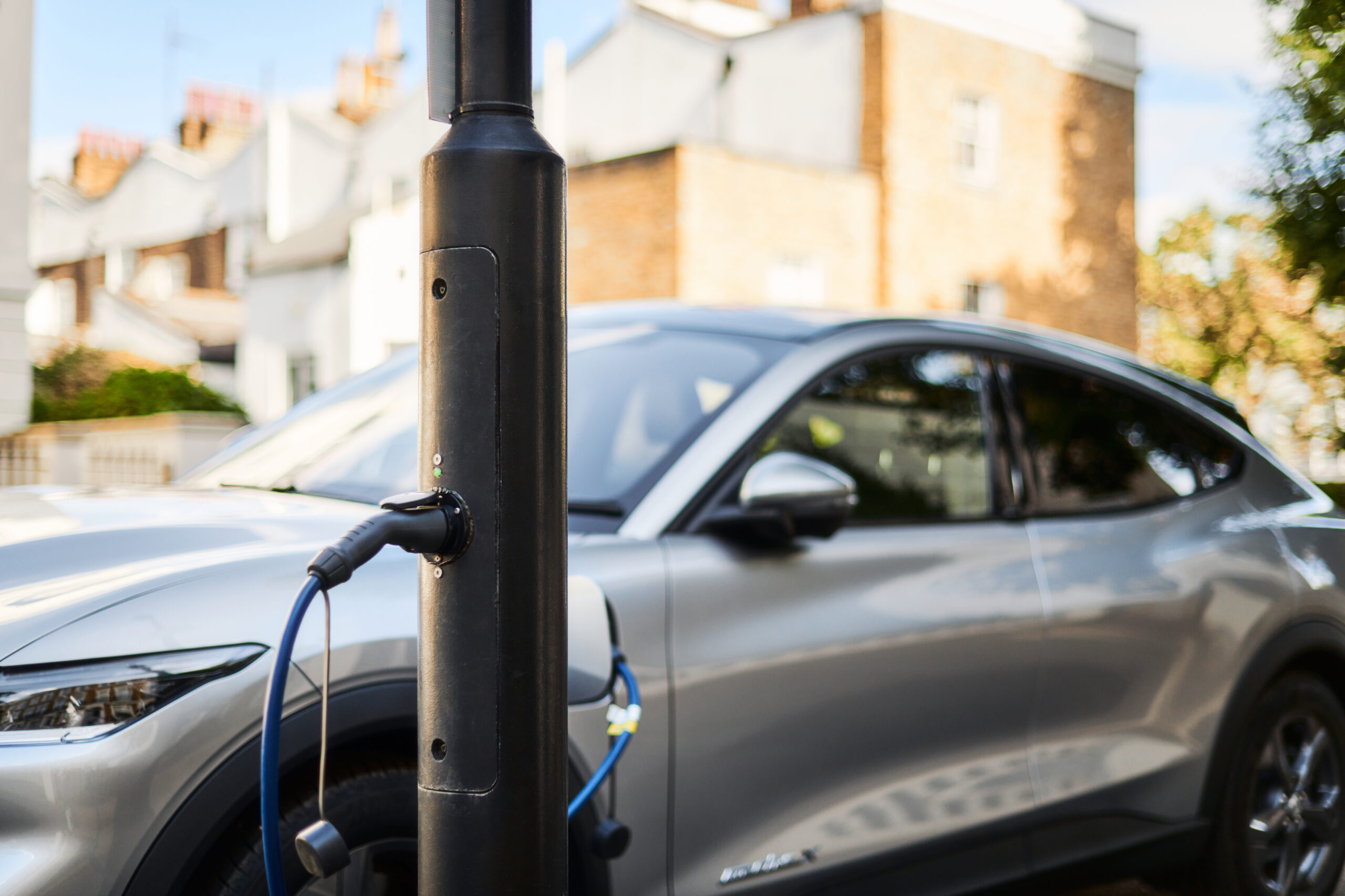Why Don’t Electric Cars Charge Themselves? Exploring the Future of EV Charging
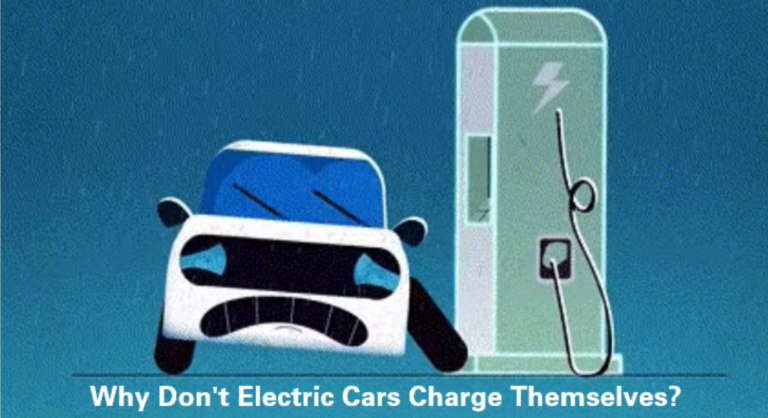
For those old enough – or those who love nostalgia – remember meeting George Jetson and his son Elroy? Daughter Judy and Jane, his wife? I bet you never saw a filling station in their world. Nor did you see Deckard filling up at a gas station in Blade Runner. The future was all about electric cars (okay, and flying cars). Well, that future is today. But wouldn’t it be nice if EVs charged themselves? Read on and learn how they can.
Why Don’t Electric Cars Charge Themselves? The Science Behind Self-Charging Vehicles
The current method of “filling” an electric vehicle is similar to filling a car that requires fuel – open the tank, insert the nozzle, and begin charging. But what if you didn’t have to insert a nozzle? Car manufacturers are furiously working on self-driving cars, but what about self-charging ones?
In a way, EVs DO charge themselves through a process called regenerative (regen) braking. Regen braking uses torque to slow the car, recapturing energy that is normally lost in non-electric cars by using an inverter to invert energy from the brakes. But that only extends range by adding some energy back, it doesn’t take battery from 20% to 80%. To keep you on the road, you need a charger. And for your car to charge itself, wireless EV charging is the solution.
Wireless EV Charging Technology: An Introduction
Wireless charging uses magnetic resonance technology to transfer power from the electric grid to the car. By simply driving over a charging pad on the ground, power transfer can immediately begin with no human interaction. It’s …
- Fast and Efficient – just as fast and efficient as the plug, but with no cable or cords to trip over and no worries about remembering to plug in
- Safe and easy to maintain – safe for humans and pets; no moving pieces means less maintenance and fewer parts that can break
- Simple to use in all kinds of weather – no need for perfect positioning when you park; snow, ice, and dirt are all invisible to the system
With 96% of EV intenders interested in wireless charging, many car manufacturers are looking to include it in future models.
Emerging Technologies
As electric vehicles become more popular, so do the options for wireless charging:
- Bidirectional Charging (V2G)
Bidirectional charging is often referred to as V2G (Vehicle-to-Grid) or V2H (Vehicle-to-Home). V2G allows your car to send energy to the grid when it’s needed. This can facilitate more energy efficiency for the local power grid and lead to cost savings by helping maintain grid reliability. V2H turns your car into a backup power source for your home. Either way, your car needs to be plugged into the power source to provide power to either the grid or your home. With wireless charging, your car is always available for V2G. Or V2H.
- Autonomous EV Charging
Is a car truly autonomous if you have to plug it in? Wireless charging allows an autonomous car to self-park and self-charge with no human interaction. Imagine pulling up to a garage and your car parks itself – and refuels – while you’re running errands or enjoying an evening out. Just check out this video of an autonomous bus charging itself … wirelessly.
Cars CAN charge themselves. No cables. No plugs. No human interaction. Simply park and charge.
This article was originally published by WiTricity.



